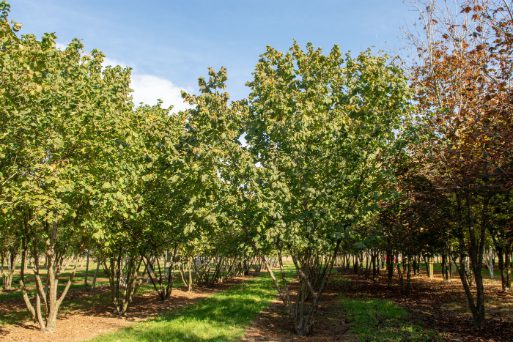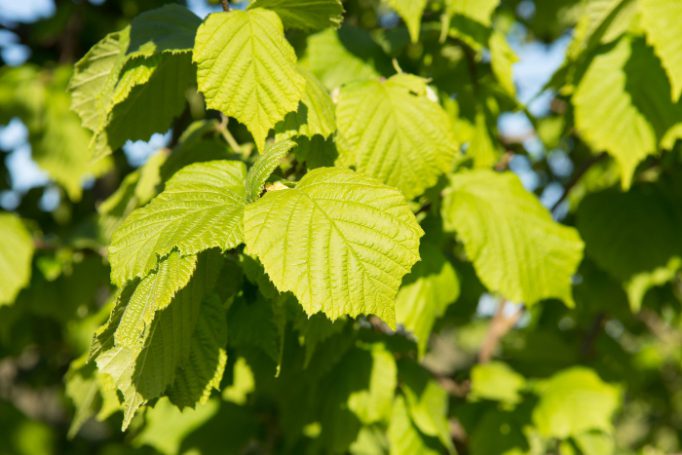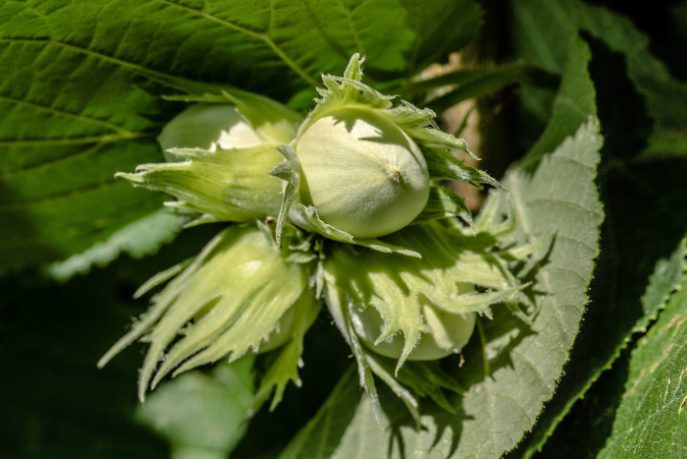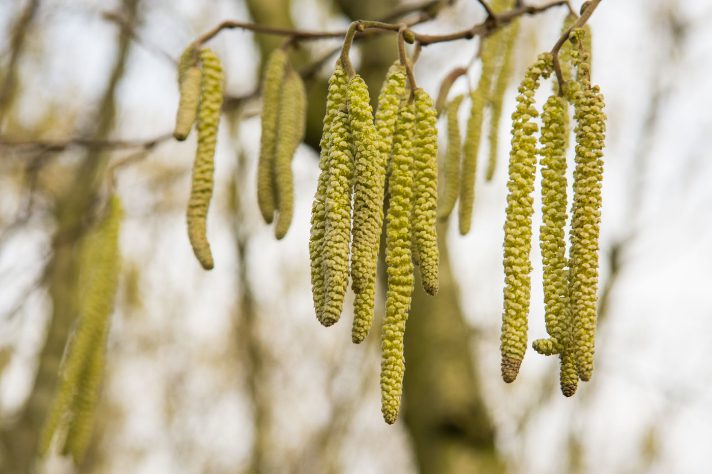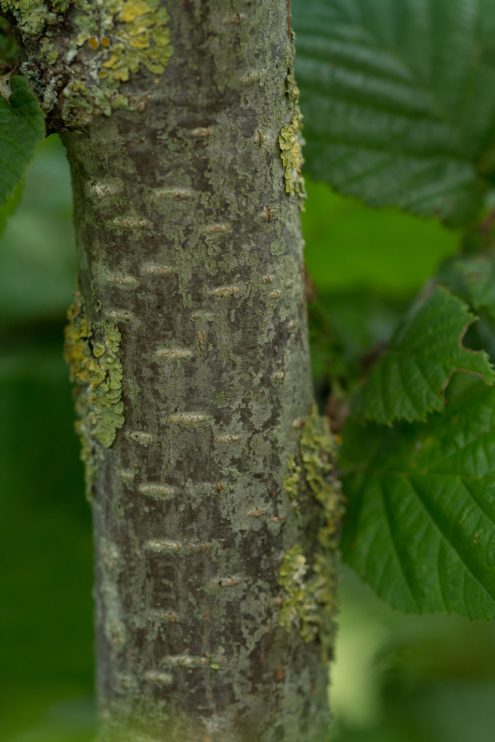Corylus avellana | Common Hazel
The Corylus avellana is a native, deciduous hedging plant that can be grown as a small tree or a multi-stem shrub. This versatile plant has slightly hairy, matt-green, round-to-oval shaped leaves that are double-toothed with a point at the tip and a rough feel. Early spring the densely branching, round crown is covered with clusters of long, yellow catkins called 'lambs tails'. Small, red, female flowers once pollinated produce edible hazelnuts that ripen for harvesting by autumn. The Corylus avellana will grow in most well-drained soil, in sun or shade and will tolerate exposure but not coastal locations. When coppiced, this tree can live for hundreds of years and, coppicing after the catkin display in spring will encourage new vibrant growth every year. The Corylus avellana is a tree that provides interest all year as well as vital food and shelter for wildlife. The flexible stems are used for fencing, hurdles, furniture, water divining sticks and bean poles. This tree is also popular as hedging, understory in woodlands or as an individual specimen. There are also interesting cultivars: the Corylus avellan 'Contorta', an ornamental specimen with twisted stems, and the Corylus avellan 'Red Majestic' with stunning red-purple leaves and catkins.
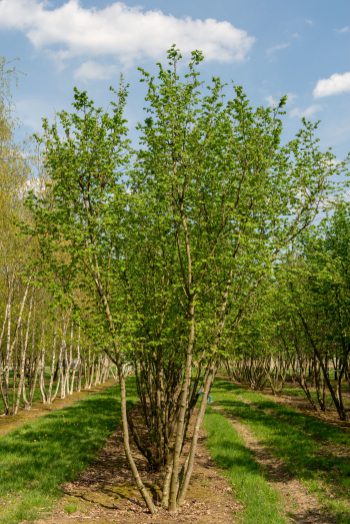
Corylus avellana was grown in the UK for large-scale nut production until the early 1900s. Cultivated varieties (known as cob nuts) are still grown in Kent, but most of our hazelnuts are now imported. Hazel has a reputation as a magical tree. The hazel rod is supposed to protect against evil spirits, as well as being used as a wand and for water-divining. In some parts of old England, hazelnuts were carried as charms to ward off rheumatism. In Ireland, the hazel was known as the 'Tree of Knowledge’, and in medieval times was a symbol of fertility.

